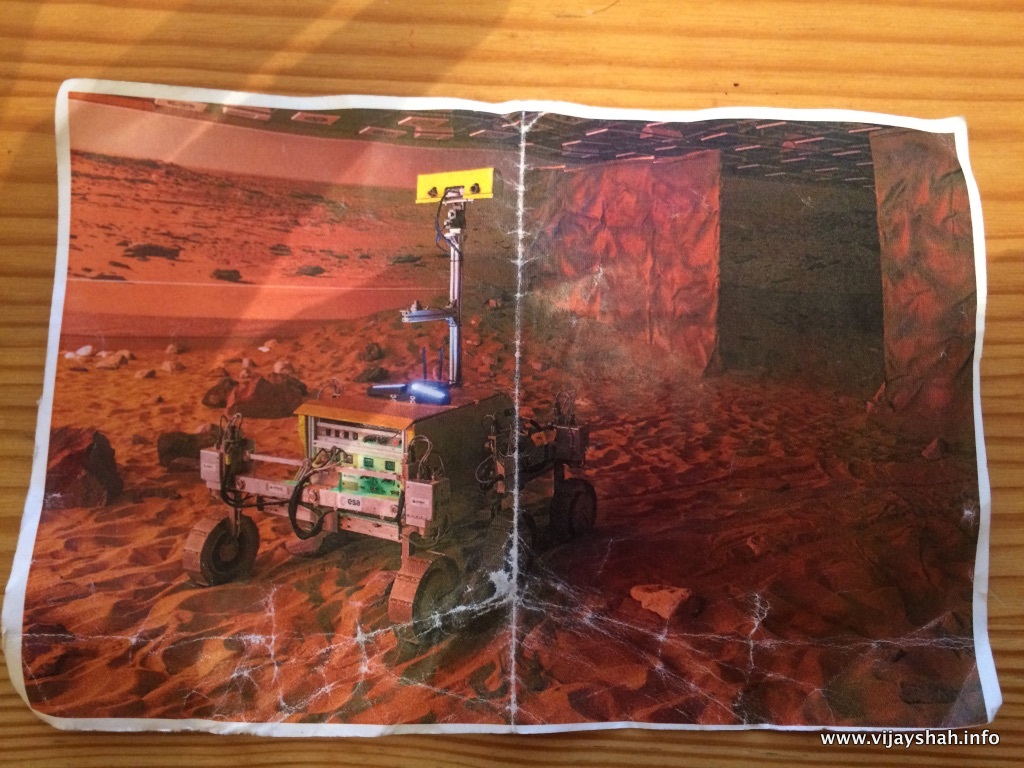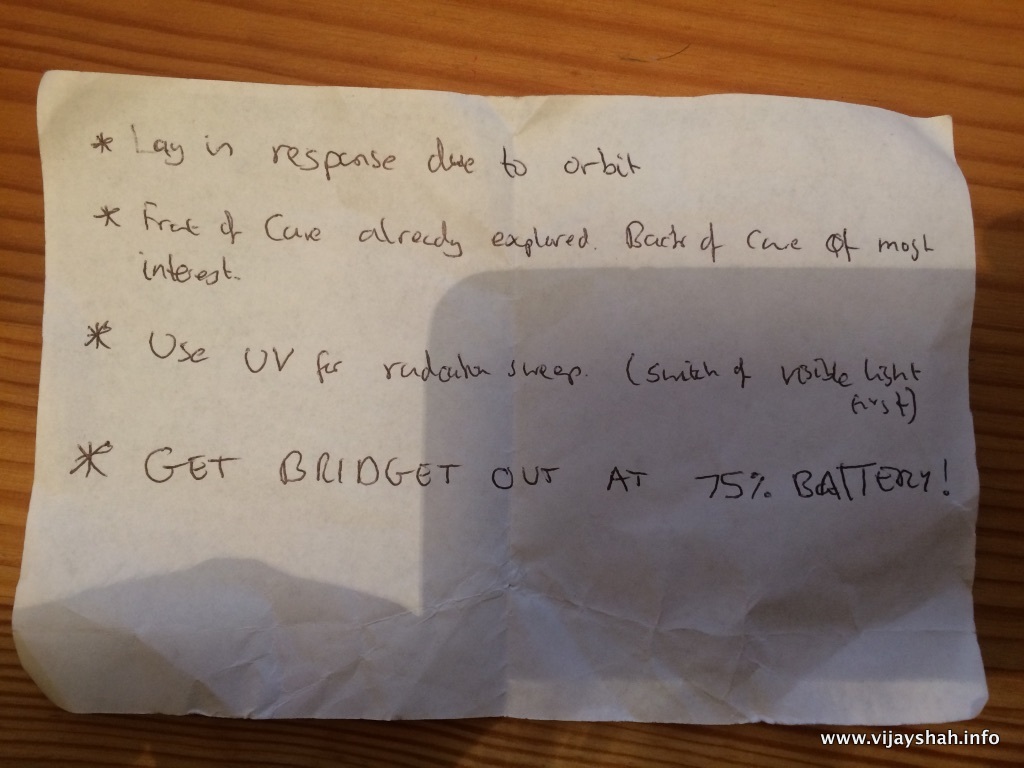**SPOILER ALERT** If you haven’t seen it yet, watch Astronauts: Do You Have What It Takes? Episode 2 on iPlayer first.
It’s pretty incredible to think that we have had not one but two rovers on Mars, exploring the surface of the planet, sending us back scientific data like never before. Both Spirit and Opportunity arrived on the red planet in 2004 and over a decade later Opportunity is still roving! Controlling the rovers though happens at NASA but the time it takes to send a signal to Mars is an average 13 minutes. So to send a command to the rover and for it to respond to you would take about half an hour which would be a pretty slow conversation.
This was the premise of the test where we had to control the rover ‘Bridget’. The scenario was that at some point in the future we may have a human crew orbiting Mars, just like the International Space Station orbits Earth. In order to find suitable places to land or to explore before sending astronauts down it makes sense to send a rover, Bridget, to determine which places are the best. Like NASA’s Spirit and Opportunity rovers, Bridget is also powered by batteries which are charged by solar panels. Going into a cave is thus incredibly dangerous for a rover because if the batteries deplete whilst still in there the rover is lost forever. On the flip side, caves are incredibly attractive if humans are to visit Mars as they would offer a natural protection against dangerous solar radiation.
By controlling the rover from orbit around Mars instead of from Earth it would be possible to control the rovers in close to real time and that is exactly the training that UK astronaut Tim Peake did in 2016. From the ISS in low earth orbit he controlled Bridget, on Earth, using the same setup as we had. It is amazing to think that this was exactly what astronauts are training for (click here).
The test was to discover parts of the cave that were of most interest, as it so happened, the most interesting parts of the cave were right at the back, the farthest away from the entrance! But also, just like in orbit, there will be a delay in the signal, making controlling Bridget somewhat difficult. I still have my notes from our initial group briefing.
The last point was the basis of my own tactic. Not knowing how easy it was to control with the lag in the response time and the fact that it was a very slow moving rover, 4cm per minute, I wanted to make sure there was sufficient time to get Bridget out of the cave. As I soon found out, my strategy of finding the targets was poor but by enacting my retreat at 75% battery I overcame a moment when I really thought I would lose the rover, and by doing the slowest three point turn in the solar system I got her out of the cave, just in the nick of time.
Everyone that sent Bridget into the cave had to change their plan to what they discovered, especially as not all of the information we were given was accurate. Those plans that had a lot of manoeuvres suffered the most from dealing with the delayed response. The best plans though used all of Bridget’s tools to the maximum. It turned out that the UV light is actually quite powerful and so you didn’t need to get right to the back of the cave to spot the targets! Both James A and Jackie figured this out quite early on and as a result did extremely well. James A, though, didn’t even have to worry about hitting any obstacles on the way out as he just followed his own tracks back out. Genius!
Episode 3 of ‘Astronauts: Do You Have What It Takes?’ airs BBC 2 at 9pm on Sunday 3rd September.



